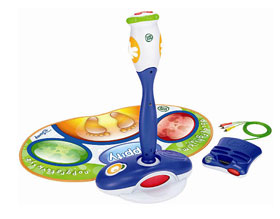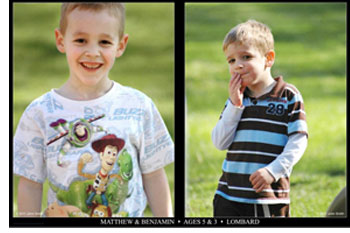Choosing gifts for kids with autism might be easier than you think
by Beth Finke
If you are trying to figure out what to buy for the child on your shopping list who has autism, I have good news for you. Picking out a special holiday gift for a child with autism is not as hard as you might think.
Children with autism have unique interests, just like everyone else. Some children with autism have very few interests at any one time, and the interests they do have can be very, very important to them. So if you are shopping for a child with autism, it might be best not to go “outside the box.”
Before choosing a holiday gift for a child with autism, ask him or her what he likes. Get ready to hear an earful! If you can’t ask the child directly, contact the parents — most are happy to let you know what their child is particularly fond of.
Trains? Wheels? Springs? Maybe they like bugs. Or maps. Some people think that if they are buying for a child with special needs, they have to find something unique or unusual. That’s not always necessary. When shopping for children with autism, you’re as likely to be choosing gifts at a hardware or office supply store as a toy store. And hey, that means you are more likely to avoid the crazy crowds. Happy holidays, and … happy shopping!







 Once again this year
Once again this year 
 I was lucky to be among the 300+ Easter Seals volunteers, staff and families from across the country who visited Capitol Hill last week to deliver a very important message on early intervention. We asked every Member of Congress to invest more in young children with disabilities, delays and autism. And carried with us a
I was lucky to be among the 300+ Easter Seals volunteers, staff and families from across the country who visited Capitol Hill last week to deliver a very important message on early intervention. We asked every Member of Congress to invest more in young children with disabilities, delays and autism. And carried with us a